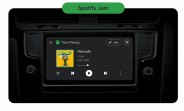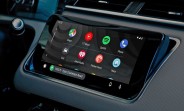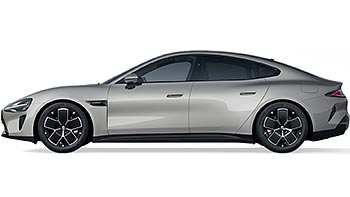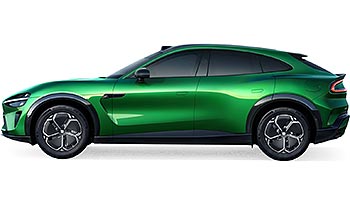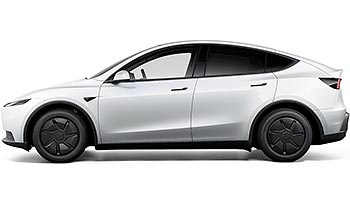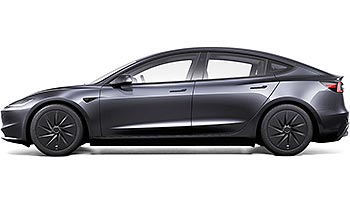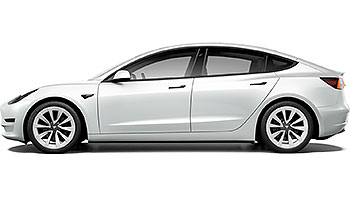Polestar gives Google Maps a makeover
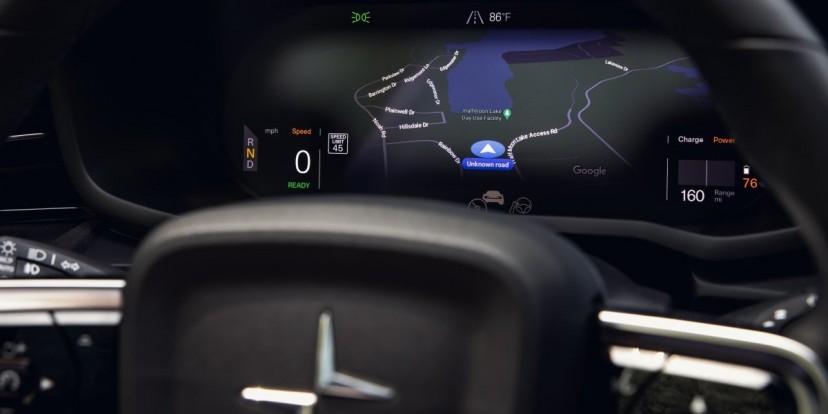
After what feels like an eternity of digital discord, Google Maps is finally learning to play nice with your car's own unique style, starting with Polestar's electric vehicles.
For years, drivers have lived with a peculiar quirk in their increasingly digital dashboards: while automakers pour resources into crafting a unique look and feel for their operating systems, the apps running on them often stick out like a sore thumb, sporting their own generic designs.
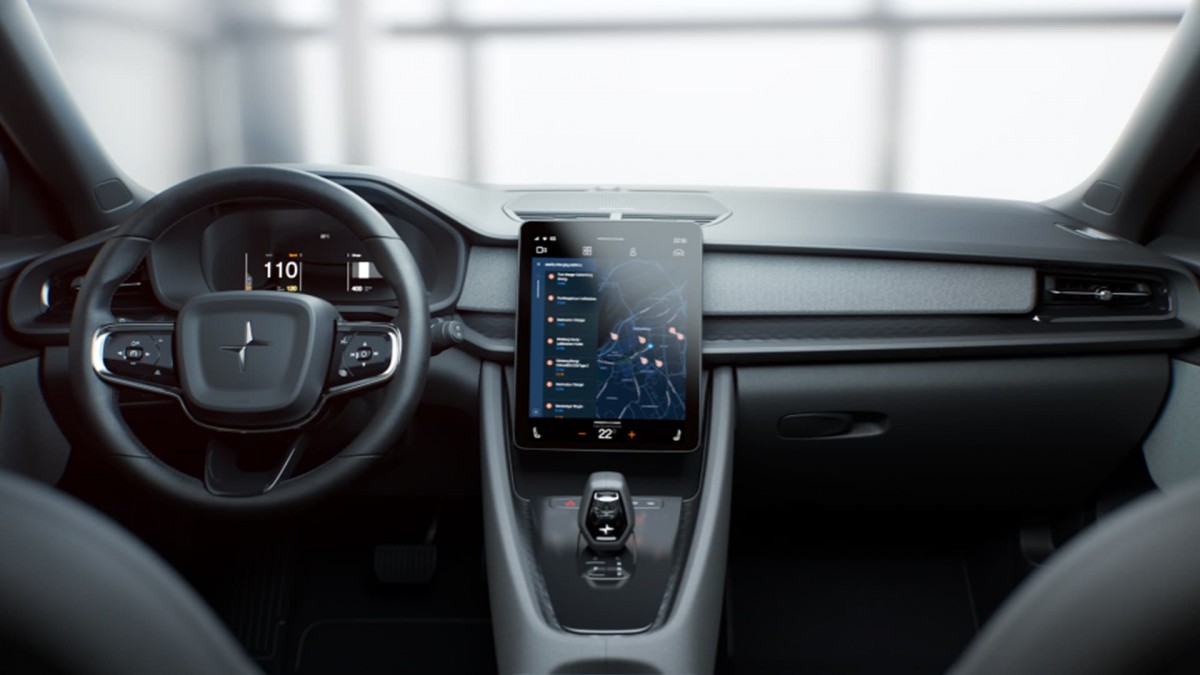
Polestar recently announced a deeper collaboration with Google. The fruit of this partnership? Customized design elements for Google Maps that will allow the navigation app to blend seamlessly with Polestar's native user interface.
This means the rounded corners and distinct color palettes of the standard Google Maps will soon give way to a look that mirrors Polestar's own design language – squared-off edges and the brand's signature orange accents. The company shared examples showing a more integrated and less jarring visual experience. Polestar promises this update will create "a more balanced look and feel within the overall user interface," and it will start to roll out to all its electric vehicles in the coming weeks.
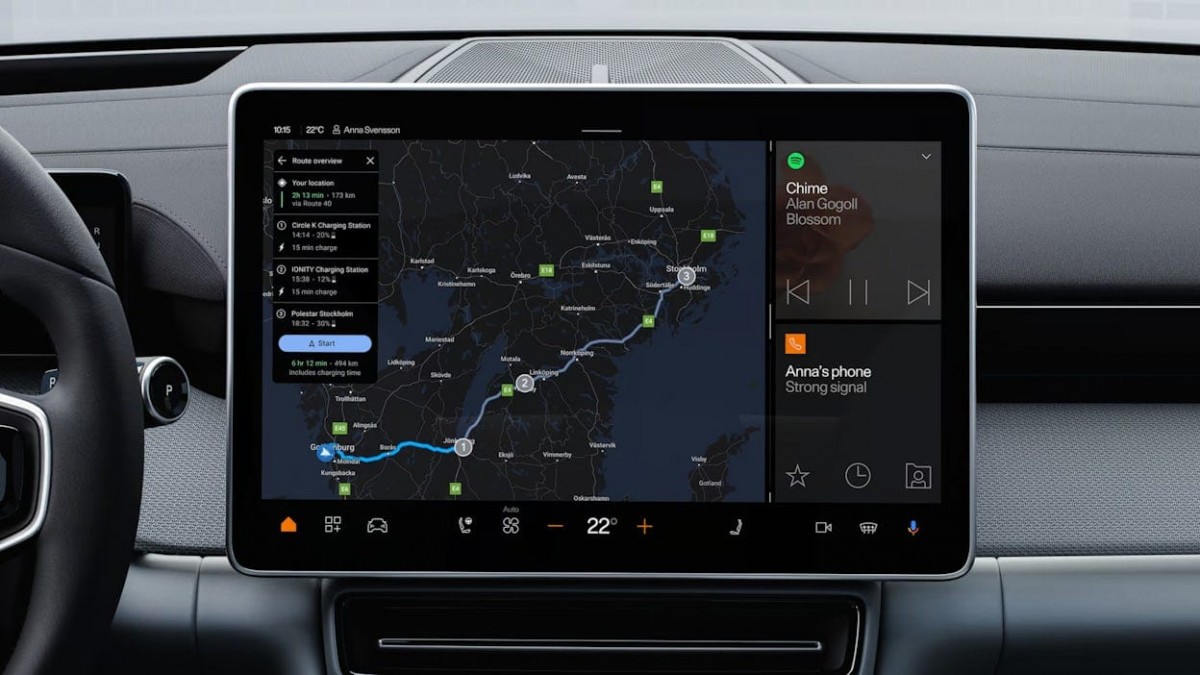
In the confined space of a car's cockpit, especially when dealing with critical information like navigation, visual consistency is actually a bit more than just a matter of taste. A harmonious user interface can reduce cognitive load on the driver, meaning less distraction and quicker recognition of information. When apps share the same design DNA as the car's system, they feel more integrated, and more intuitive. It's a subtle change, but one that can improve the daily driving experience.
Android Automotive OS is not the same as Android Auto. Unlike Android Auto, which projects apps from your phone onto the car's screen, Android Automotive is the car's operating system. It is developed by Google, and each manufacturer can customize it to some extent, but this customization is a double-edged sword. It allows brands like Polestar, Volvo, General Motors, Renault, and Honda to differentiate their vehicles and create a unique brand experience. But until now, this freedom hasn't fully extended to third-party (or even Google's own) apps.
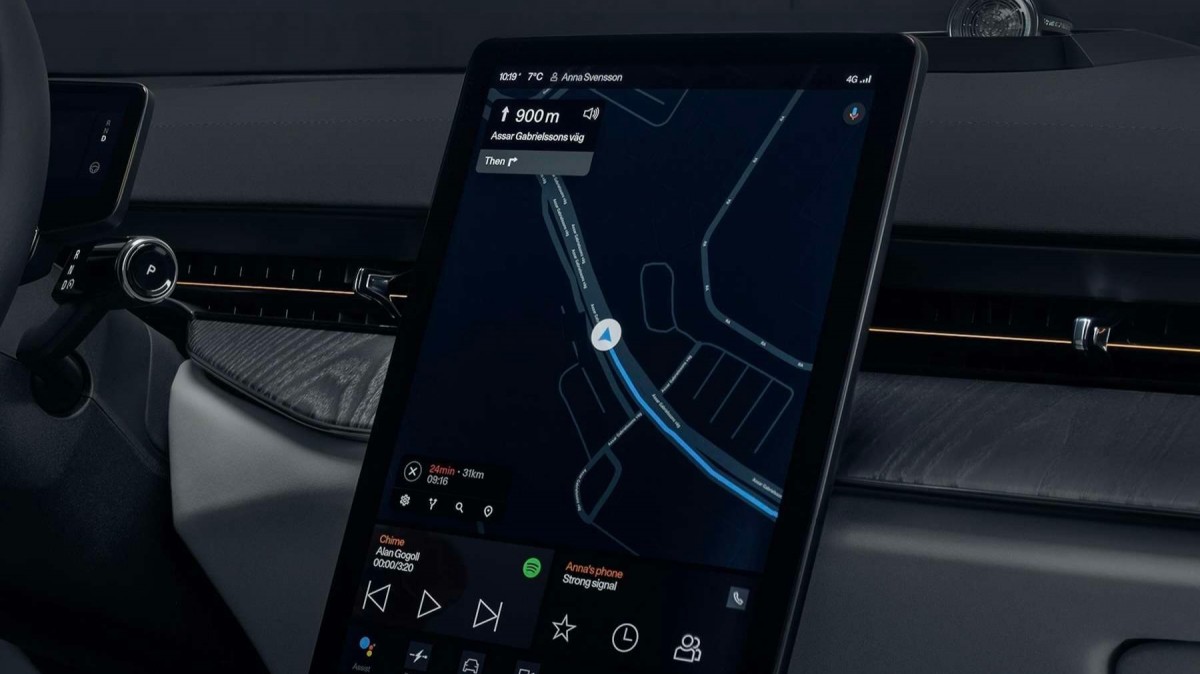
Polestar is a perfect launch partner for this feature. Their minimalist Scandinavian design philosophy extends from the exterior of their electric cars to the digital interface within. For any company that is proud of its meticulous design, having a core app like Google Maps that aligns with its aesthetic vision is a big win.
The big question now is whether other automakers using Android Automotive will follow suit. Polestar is the first to publicly announce this level of Google Maps integration, but it's reasonable to assume that Google is open to similar collaborations with other brands. The ability for car manufacturers to ensure that even widely used apps like Google Maps reflect their specific design language could become a new standard, boosting the appeal of Android Automotive as a flexible in-car operating system.
Related
Reader comments
- .alpha
Only Chinese NEV and Tesla would have the software resources to waste time on this
- 05 Jun 2025
- 7vs
